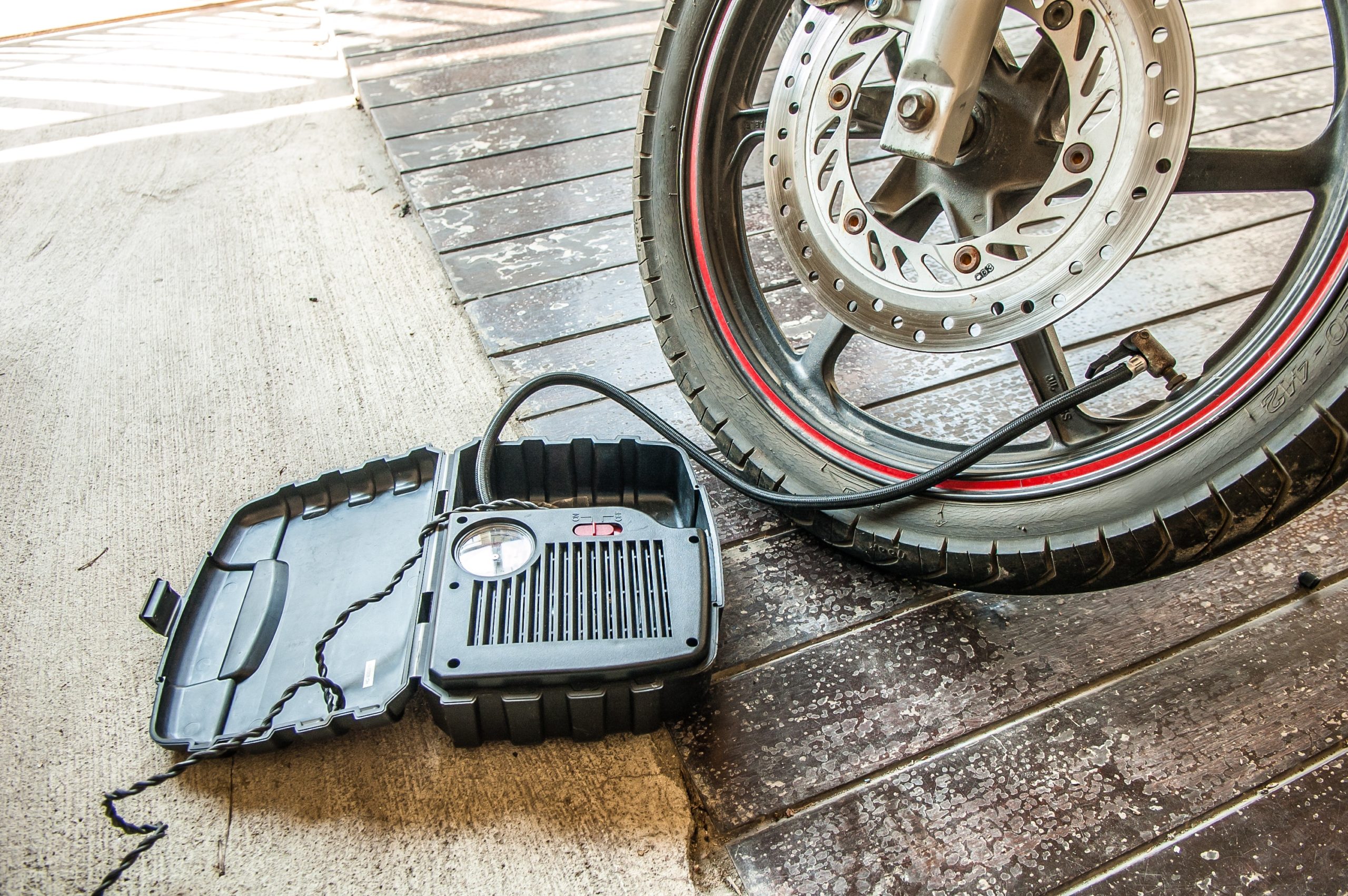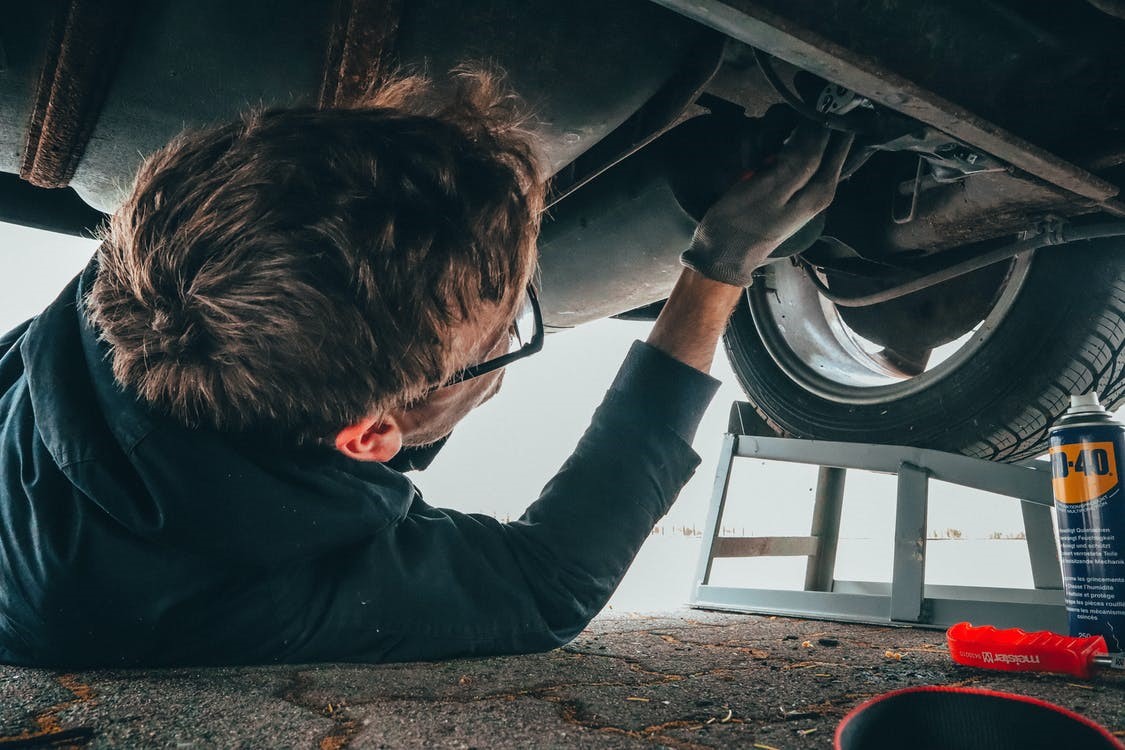Driving a car is a precautionary act, this caution needs to be taken to the next level when it comes to your car’s tires. Driving with low tire pressure can have serious and dangerous consequences for both you and other drivers on the road.
What Is Low Tire Pressure?
Low tire pressure is when the air pressure inside of your tires falls below the manufacturer-recommended pounds per square inch (PSI). This can be caused by a variety of factors, including extreme weather conditions, punctures in the tire, or even just normal wear and tear. It’s important to check your tire pressure regularly with a tire pressure gauge to make sure it is at the proper level
What Is The Lowest And Highest Tire Pressure
When the tire pressure falls below or above a certain range, it can cause a variety of issues for your vehicle. The exact range varies depending on the make and model of your car, but generally speaking, if the tire pressure is lower than 26 PSI then it can be considered too low. If the tire pressure is higher than 34 PSI, then it can be considered too high.
11 Hazardous Risks of Driving With Low Tire Pressure
Driving with low tire pressure can be a serious hazard, as it affects the vehicle’s handling and performance. Here in the blog we have highlighted 11 common risks that can be caused while driving with low tire pressure.
1. Poor Handling:
Driving with low tire pressure can affect the car’s handling and response to the steering. This can make controlling your vehicle difficult, especially in wet or icy conditions, putting you at risk of crashing or losing control of the car.
2. Uneven Wear & Tear:
Low tire pressure causes more wear and tear on the outer edges of the tires. This uneven wear can lead to blowouts, ruptures and other tire damage while you’re driving, particularly on long journeys at high speeds.
3. Reduced Fuel Efficiency:
When your tires don’t have enough air pressure, they will create more drag on the road as you drive, leading to increased fuel consumption. Low tire pressure can reduce your car’s fuel efficiency by up to 10%.
4. Increased Tread Stress:
Low tire pressure puts extra strain on the tread of your tires, causing them to wear out faster than normal and reducing the overall lifespan of the tires.
5. Reduced Traction:
Driving with low tire pressure can reduce the traction between your tires and the road, meaning that you won’t have as much grip when cornering or making sudden stops. This can be especially dangerous in wet weather conditions.
6. Poor Braking Performance:
Low tire pressure reduces the contact patch of your tires against the ground, which means that it will take longer for your car to come to a complete stop. This can leave you with the dangerously reduced braking performance, and potential rear-end collisions if you come upon the brakes too quickly.
7. Reduced Stability & Control:
Low tire pressure will reduce the stability of your vehicle’s suspension system and make it harder to keep your car on track when driving at higher speeds. This can lead to a loss of control, especially when navigating sharp bends and curves.
8. Increased Risk of Blowouts:
Under-inflated tires are more prone to blowouts due to the increased strain on their sidewalls. This can be particularly dangerous if it happens while you’re driving, as it will cause you to lose control of your vehicle and potentially cause an accident.
9. Risk of Damage to Suspension System:
Driving with low tire pressures can also increase the risk of damage to your car’s suspension system, as it takes longer for the tires to absorb shocks from bumps in the road. This could lead to costly repair bills in the long run.
10. Reduced Ride Comfort:
Under-inflated tires tend to be more prone to vibrations and bouncing, reducing the overall comfort of your ride. This could lead to fatigue while driving, and a higher risk of making mistakes or missing hazards on the road.
11. Increased Risk of Accidents:
Finally, driving with low tire pressures can greatly increase the risk of accidents. Poor handling and reduced braking performance can lead to collisions with other vehicles, or dangerous road conditions may cause you to skid out of control.
It is important that you keep an eye on your tire pressure regularly and inflate them when necessary in order to ensure a safe and comfortable driving experience. If you notice any unusual signs or symptoms, consult your mechanic immediately for further advice. Properly inflated tires are pivotal to the safety of both yourself and other road users, so make sure that you check them regularly!
Wrap Up
In conclusion, driving with low tire pressures can have serious consequences on both your car and your safety. From increased fuel consumption to a greater risk of accidents, the effects of driving with under-inflated tires can be devastating. Therefore, it is essential that you check your tire pressures regularly and inflate them when necessary in order to ensure a safe and comfortable journey. Your tires are an important part of your vehicle and their condition should never be neglected.
By following the above advice, you can help to keep yourself and others safe on the road and ensure that your car is running at its best. Be sure to always check your tire pressures and don’t forget about them until it’s too late!
For suggestions please feel free to contact us




